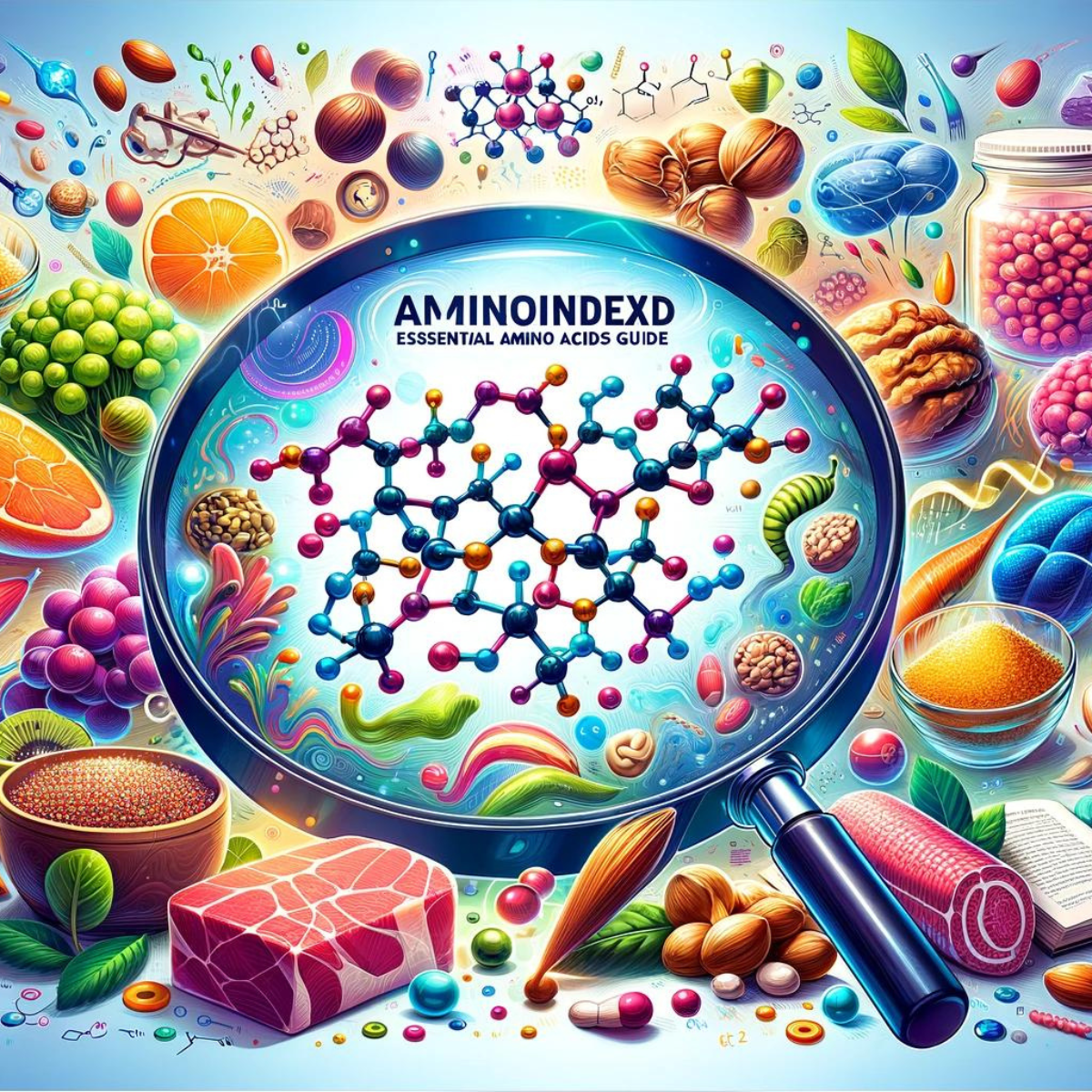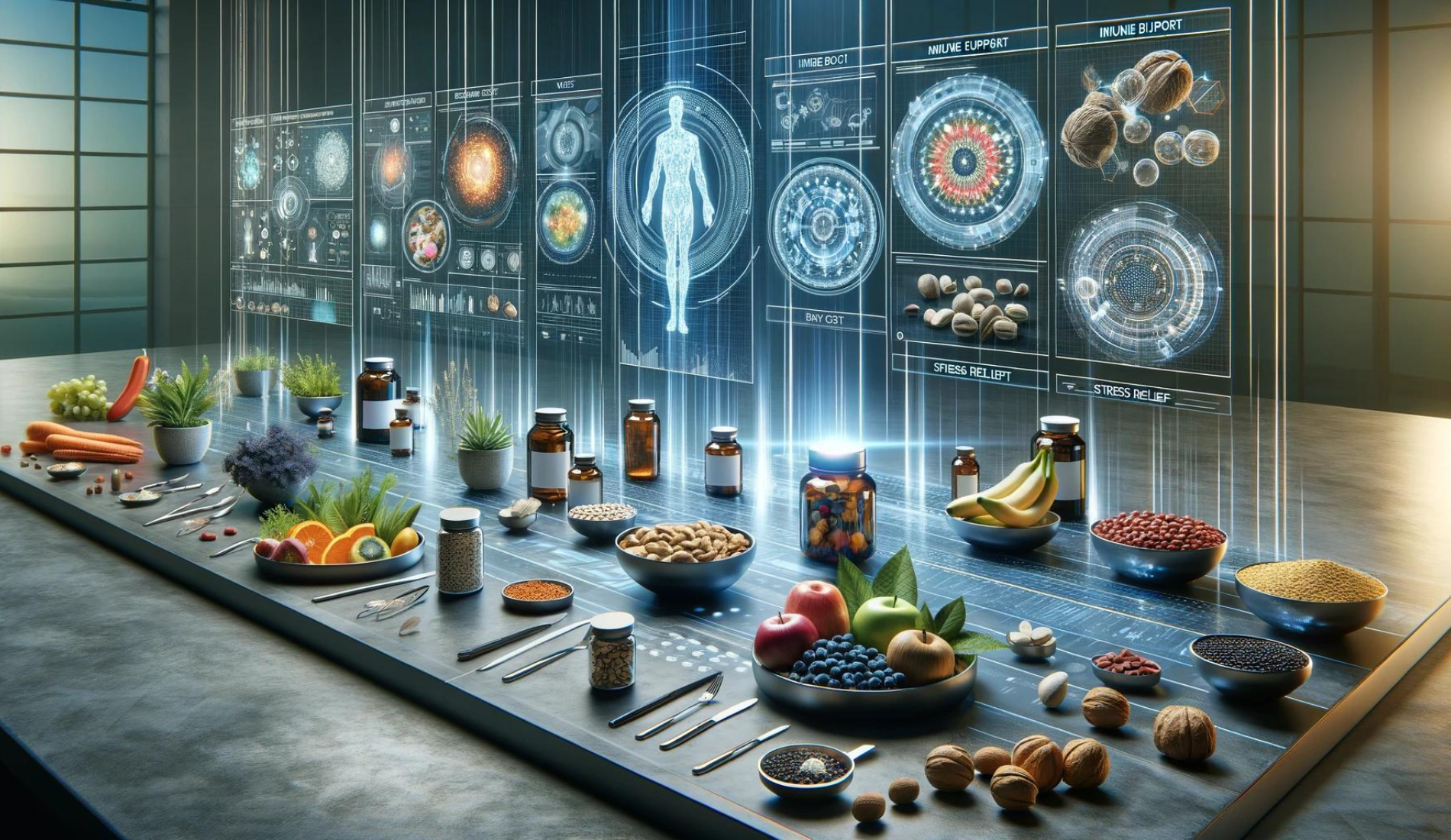13,400 Strains of Probiotics Live in Our Bodies

Diversity of the Human Microbiome:
The human body is a complex ecosystem, hosting an estimated 13,400 strains of probiotics. This incredible diversity in the microbiome plays a fundamental role in health and disease.
Implications of Microbial Diversity
:probiotic strain has unique functions and benefits. This diversity allows for a broad spectrum of activities, from digestion and nutrient absorption to immune modulation and mental health impacts.
- Resilience Against Pathogens: A diverse microbiome is better equipped to ward off pathogenic invasions, as multiple strains can act together to protect the body.
- Personalized Health: The composition of one's microbiome is unique, like a fingerprint. This diversity suggests the potential for personalized medicine approaches based on individual microbiome profiles.
Factors Influencing Microbiome Diversity:
- Diet: A varied diet rich in fibre, prebiotics, and fermented foods can promote a diverse microbiome.
- Environment: Exposure to different environments, especially early life, can influence microbiome diversity.
- Lifestyle Factors: Factors like stress, exercise, and sleep patterns also shape the microbiome.
Health Implications:
- Gut Health: A diverse gut microbiome is crucial for efficient digestion and health.
- Immune System: A varied microbiome supports a robust and balanced immune response.
- Chronic Diseases: A lack of diversity in the microbiome has been linked to various chronic conditions, including obesity, diabetes, and certain autoimmune diseases.
Research and Future Prospects:
- Understanding Disease Mechanisms: Research into the specific roles of different probiotic strains can help understand the mechanisms of various diseases.
- Developing Probiotic Therapies: Identifying beneficial strains can lead to the development of targeted probiotic therapies for different health conditions.
Conclusion: The vast diversity of probiotic strains in the human body underscores the complexity and significance of the microbiome in health and disease. Understanding and harnessing this diversity is a crucial area of focus in current medical research, offering promising prospects for future health interventions.
Disclaimer: This information is for educational purposes and is not a substitute for professional medical advice. Always consult healthcare professionals for personalized health advice.
References:
- Human Microbiome Project Consortium. (2012). Structure, function and diversity of the healthy human microbiome. Nature, 486(7402), 207-214.
- Ursell, L. K., Metcalf, J. L., Parfrey, L. W., & Knight, R. (2012). Defining the human microbiome. Nutrition Reviews, 70(Suppl 1), S38-S44.
- Sender, R., Fuchs, S., & Milo, R. (2016). Revised estimates for the number of human and bacteria cells in the body. PLOS Biology, 14(8), e1002533.
- Ogunbanwo, S. T., Sanni, A. I., Onilude, A. A. (2003). Characterization of bacteriocin produced by Lactobacillus plantarum F1 and Lactobacillus brevis OG1. African Journal of Biotechnology, 2(10), 273-278.


















